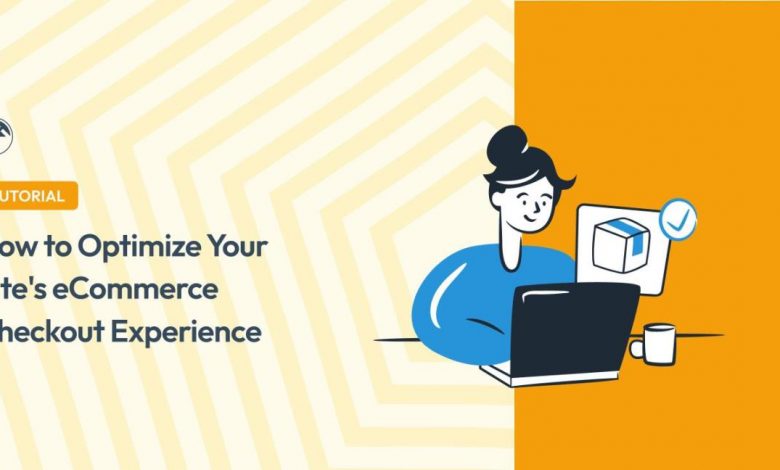How to Design a Successful E-Commerce Checkout Process

How to Design a Successful E-Commerce Checkout Process
Introduction
When it comes to running a successful e-commerce business, having a well-designed and user-friendly checkout process is crucial. A streamlined and intuitive checkout process can significantly improve conversion rates and customer satisfaction. In this blog post, we will explore some key strategies to design an effective e-commerce checkout process.
H3>1. Keep it Simple and User-Friendly
A straightforward and intuitive checkout process is paramount. Avoid long and complex forms that could intimidate or overwhelm your customers. Stick to the essentials, collecting only the information you absolutely need, such as shipping address, billing address, and payment details. Break the process into easy-to-follow steps and provide a progress indicator to give customers a clear idea of how far they are in the process.
H3>2. Optimize for Mobile
With the increasing number of consumers making purchases on their mobile devices, it is crucial to optimize your e-commerce checkout process for mobile users. Ensure that your checkout form is mobile-responsive, with large, easy-to-tap buttons and input fields. Simplify the navigation and avoid any design elements that could slow down the loading time on mobile devices.
H3>3. Offer Guest Checkout Option
Forcing customers to create an account before making a purchase can be a major turn-off. Many customers prefer a quick and hassle-free checkout experience. Offering a guest checkout option allows users to make a purchase without the need for creating an account. However, make sure to provide an option for customers to create an account or save their information for future purchases if they choose to do so.
Frequently Asked Questions (FAQs)
Q1: Why is a user-friendly checkout process important?
Having a user-friendly checkout process helps prevent cart abandonment and boosts conversion rates. Customers are more likely to complete a purchase when the checkout process is simple, intuitive, and hassle-free.
Q2: What information should I collect during checkout?
Collect only the necessary information, such as shipping address, billing address, and payment details. Avoid asking for irrelevant information that could discourage customers from completing their purchase.
Q3: How can I optimize my checkout process for mobile?
To optimize your checkout process for mobile, make sure it is mobile-responsive, with easily tappable buttons and input fields. Streamline the navigation and minimize load times by avoiding unnecessary design elements.
Q4: Should I offer a guest checkout option?
Yes, offering a guest checkout option is highly recommended. Many customers prefer a quick and hassle-free checkout experience, without the need for creating an account. However, make sure to provide an option for account creation or saving information for future purchases.
Conclusion
A successful e-commerce checkout process is one that is simple, user-friendly, and optimized for mobile devices. By implementing the strategies mentioned above, you can improve your conversion rates and provide a positive shopping experience for your customers. Remember, a smooth and hassle-free checkout process can make a significant difference in the success of your e-commerce business.
By following these tips, you can design a successful e-commerce checkout process that will delight your customers and boost your sales.



